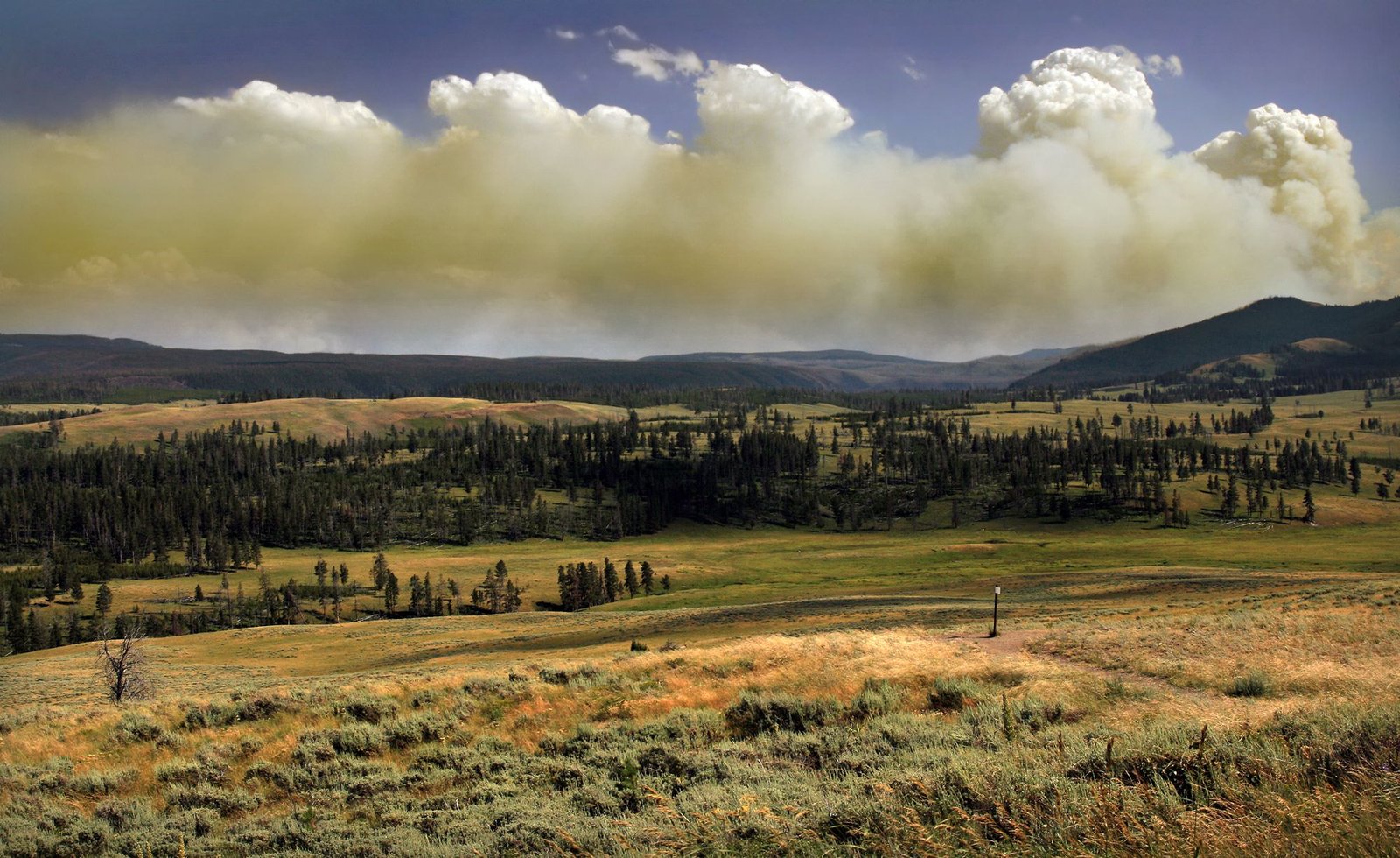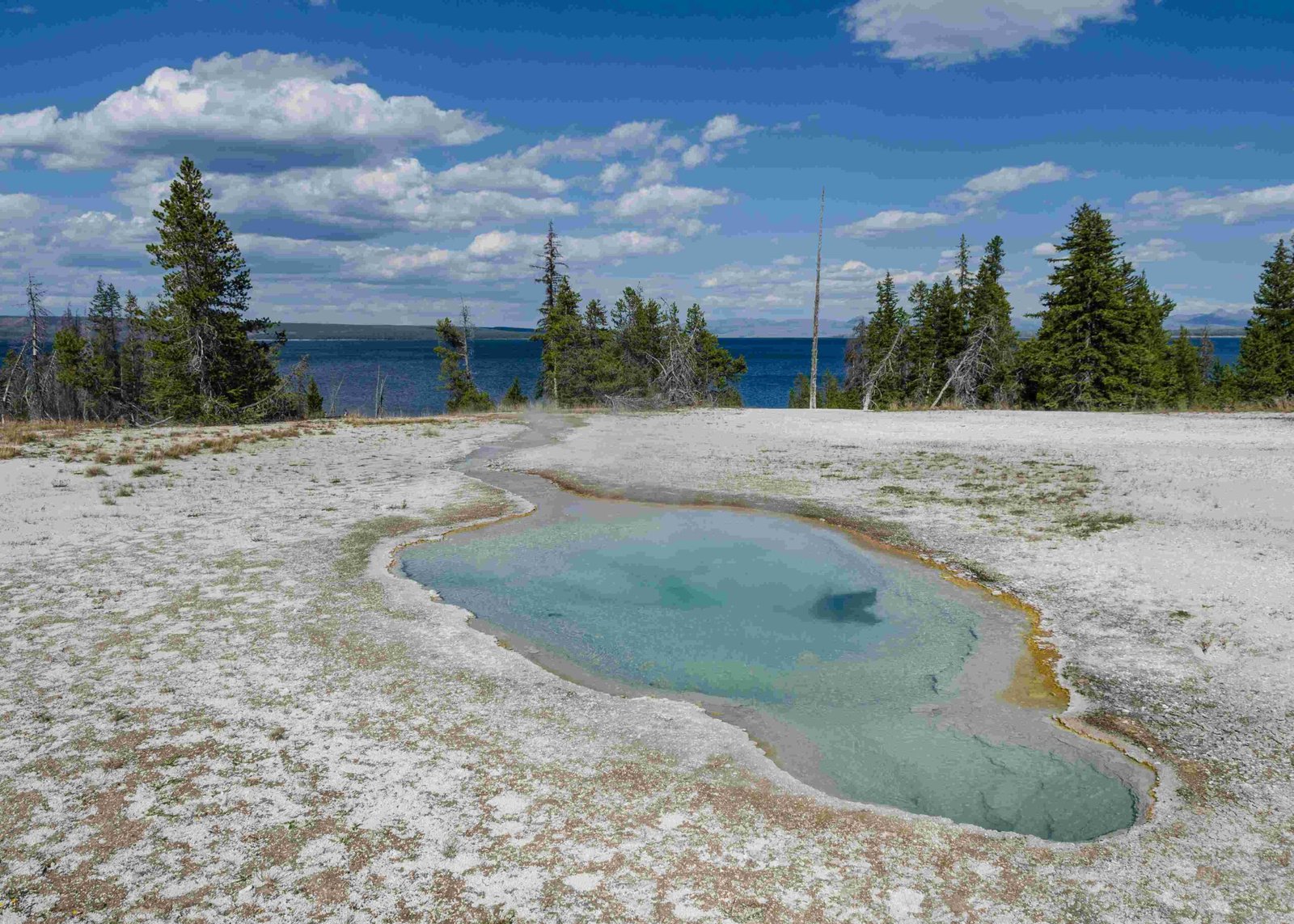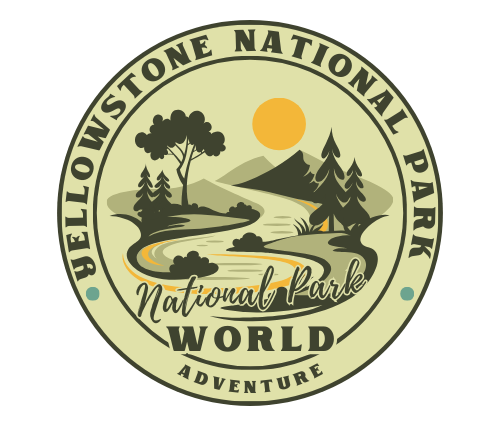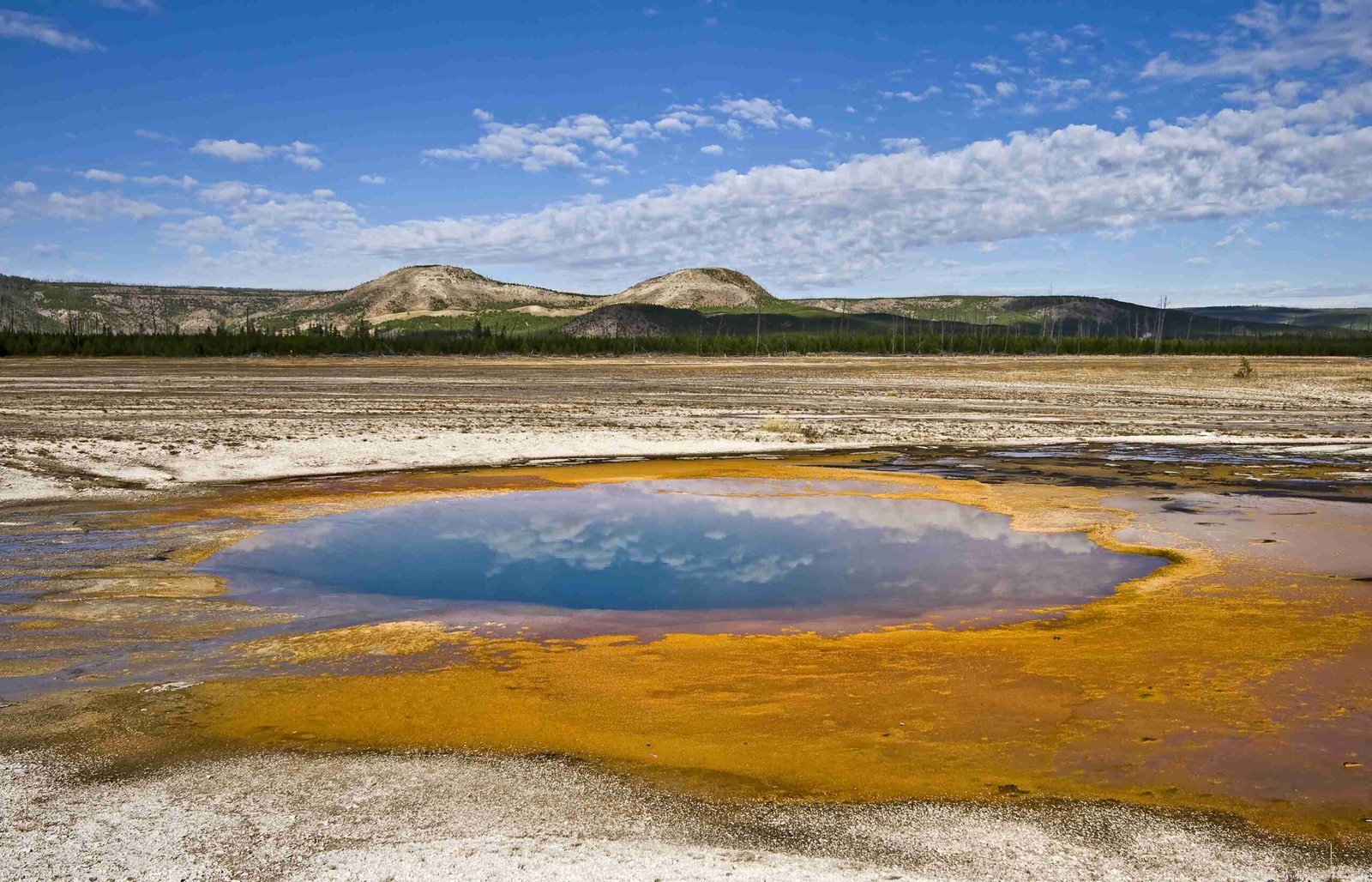Boondocking near Yellowstone National Park offers a cost-effective and immersive way to experience the area’s natural beauty. This guide provides detailed information on free camping sites, regulations, and essential tips for a successful boondocking adventure. From specific coordinates to amenities and safety measures, you’ll find everything you need to plan your off-grid stay near one of America’s most iconic national parks.
What Are the Best Boondocking Sites Near Yellowstone National Park?

Yellowstone National Park is surrounded by public lands that offer excellent boondocking opportunities. Here are some of the top sites:
- Howard Creek Road
- GPS: 44.666805, -111.307367
- Elevation: 6,000-7,000 feet
-
Distance: ~20 miles from west gate
-
Red Rock Pass Road
- GPS: 44.586826, -111.370212
- Elevation: 6,000-7,000 feet
-
Distance: ~28 miles from west gate
-
National Forest Road 3243 (Gardiner)
- Location: Past Eagle Creek Campground
- Elevation: 5,000-6,000 feet
-
Proximity: Just outside northern gate
-
Denny Creek Road
- Location: West of Yellowstone KOA
- Elevation: 6,000-7,000 feet
-
Distance: ~10 minutes from West Yellowstone
-
Taylor Fork Designated Dispersed
- Location: Intersects Highway 191 northwest of Yellowstone
- Elevation: 6,000-7,000 feet
- Proximity: Close to west Yellowstone area
What Regulations Should Boondockers Be Aware Of?

When boondocking near Yellowstone National Park, it’s crucial to follow local regulations:
- No permits required for dispersed camping on BLM and National Forest lands
- Respect private property boundaries
- Follow Leave No Trace principles
- Adhere to local fire restrictions
- Limit stays to 14 days in most areas
- Use existing campsites when possible
- Camp at least 100 feet from water sources
- Pack out all trash and waste
How Can RV Owners Find Suitable Boondocking Spots?
RV owners looking for boondocking spots near Yellowstone should consider:
-
Site Dimensions: Many dispersed sites can accommodate various RV sizes, but some may require high-clearance vehicles.
-
Accessibility: Use detailed maps and GPS devices to navigate. Scout potential areas during daylight hours.
-
Road Conditions: Be prepared for rough roads and potential seasonal closures.
-
Leveling: Bring leveling blocks as many natural sites may not be perfectly flat.
-
Length of Stay: Most areas allow up to 14 days of camping.
| Consideration | Tips |
|---|---|
| Vehicle Size | Check site reports for RV-friendly locations |
| Road Access | Use high-clearance vehicles for remote sites |
| Amenities | Plan for self-sufficiency (water, power, waste) |
| Connectivity | Limited cell service; consider offline maps |
What Amenities Are Available at Boondocking Sites?
Boondocking sites near Yellowstone typically offer minimal amenities:
- Water: No potable water sources; bring your own or filter from natural sources
- Restrooms: Most sites lack facilities; practice Leave No Trace principles
- Fire Pits: Some sites may have existing fire rings; always check fire restrictions
- Trash: Pack out all waste; no garbage services available
- Cell Service: Limited or non-existent in many areas
How Can Boondockers Prepare for Potential Challenges?
Boondocking near Yellowstone presents unique challenges:
- Weather: Be prepared for rapid changes and extreme conditions
- Pack layers for warmth
- Bring rain gear and sturdy tents
-
Check weather forecasts regularly
-
Wildlife: The area is home to bears, bison, and other large animals
- Store food in bear-proof containers or vehicles
- Carry bear spray and know how to use it
-
Maintain a safe distance from all wildlife
-
Navigation: Limited cell service can make navigation tricky
- Bring physical maps and a compass
- Download offline maps before your trip
-
Consider a satellite communication device
-
Vehicle Preparedness:
- Ensure your vehicle is in good condition
- Carry a spare tire and basic repair tools
- Bring extra fuel if exploring remote areas
What Are the Best Practices for Responsible Boondocking?
To ensure a positive experience and preserve the environment:
- Leave No Trace: Pack out all trash and waste
- Respect Wildlife: Store food properly and observe from a distance
- Minimize Impact: Use existing campsites and fire rings
- Be Fire Safe: Follow all fire regulations and fully extinguish fires
- Stay Informed: Check local regulations and conditions before your trip
- Be Self-Sufficient: Bring all necessary supplies, including water and power
- Respect Other Campers: Maintain quiet hours and reasonable spacing
How Can Boondockers Access Necessary Amenities?
While boondocking sites lack amenities, nearby towns offer essential services:
- West Yellowstone: Groceries, fuel, dump stations, and water fill-ups
- Gardiner: Supplies, restaurants, and a dump station about 20 miles from the north gate
- Island Park: Basic services and supplies for those camping on the west side
Plan to visit these towns before setting up camp to stock up on necessities.
What Safety Measures Should Boondockers Take?
Safety is paramount when boondocking near Yellowstone:
- Emergency Communication:
- Carry a satellite phone or emergency beacon
-
Inform someone of your plans and expected return
-
First Aid:
- Bring a comprehensive first aid kit
-
Know basic wilderness first aid
-
Navigation:
- Carry physical maps and a compass
-
Use GPS devices with offline capabilities
-
Wildlife Safety:
- Store food properly in bear-proof containers
- Carry bear spray and know how to use it
-
Make noise while hiking to avoid surprising animals
-
Vehicle Safety:
- Perform a thorough vehicle check before departure
- Carry basic repair tools and spare parts
By following these guidelines and preparing adequately, boondockers can enjoy a safe and memorable experience near Yellowstone National Park. Remember to always prioritize safety, respect the environment, and follow local regulations to ensure continued access to these beautiful public lands.

